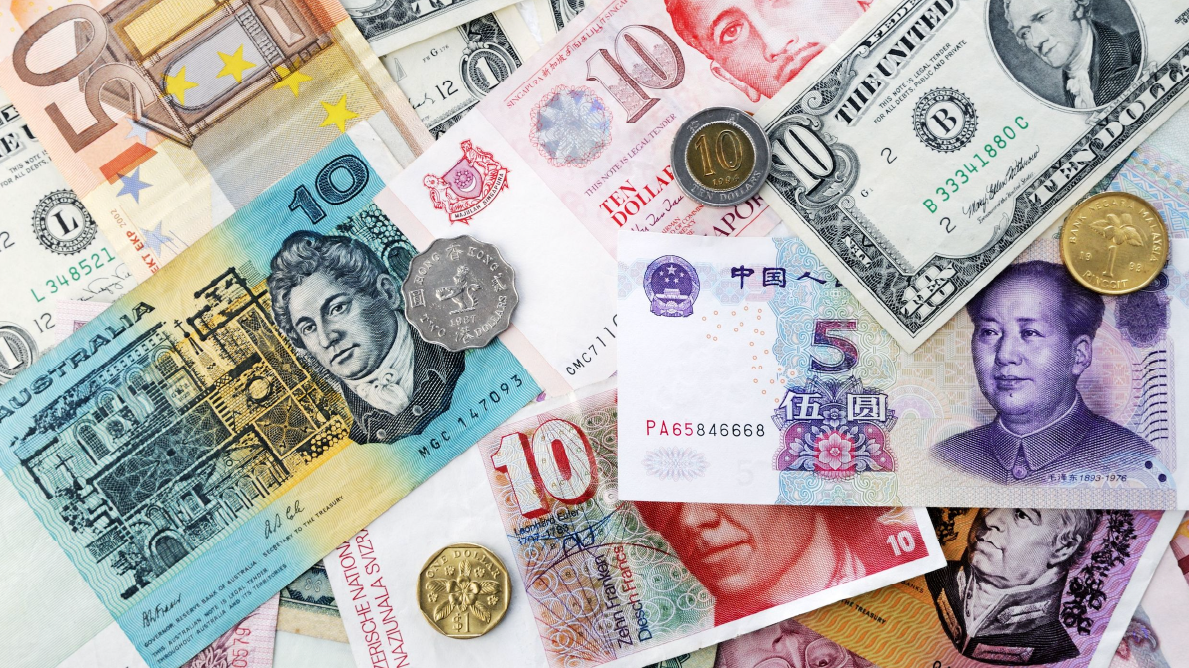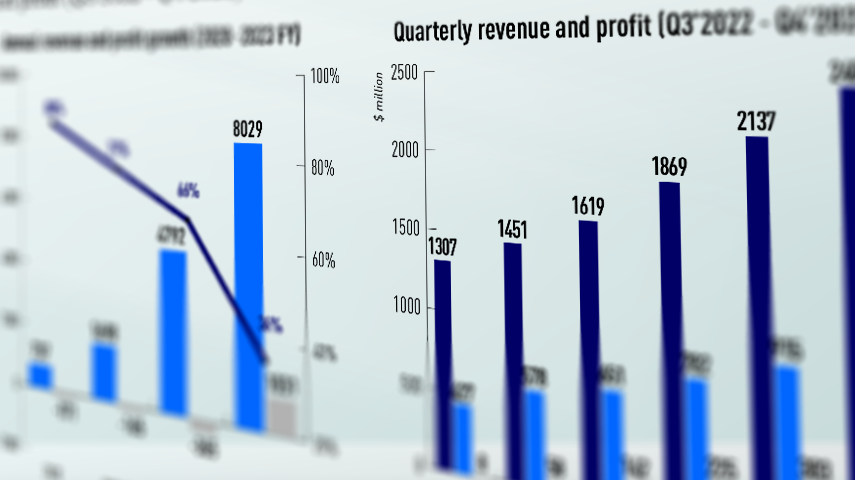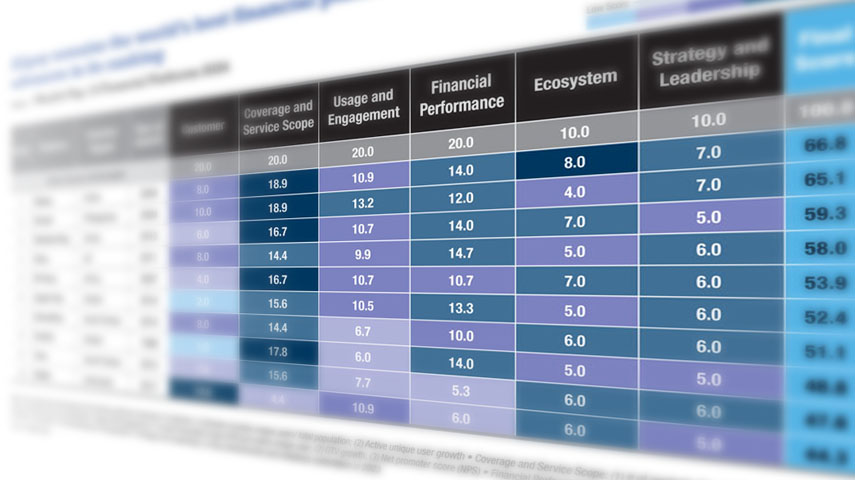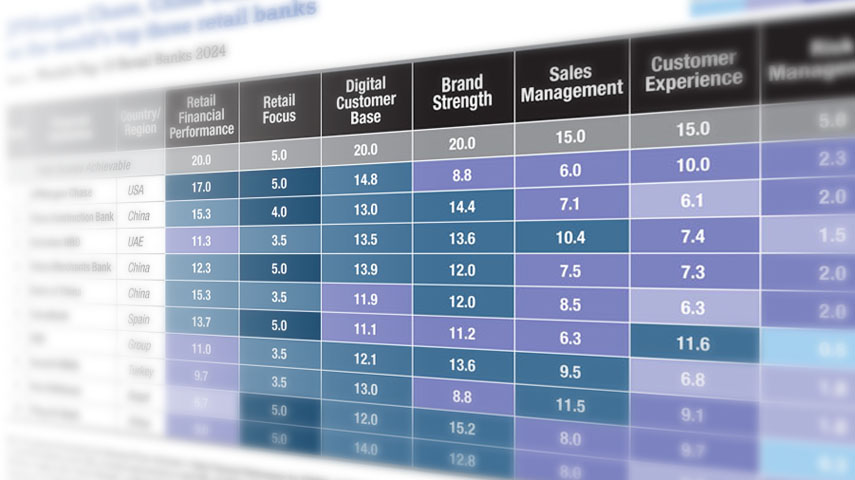• International trade boosts balance of payments but RMB keeps depreciating
• Less attractive compared to USD- and Euro-denominated assets
• Interest rate divergence will not last
Renminbi (RMB) by any means, is not one of the volatile currencies in the world. Its foreign exchange rates with major currencies have tended to fluctuate within a reasonable band for many years. For example, the USD-RMB exchange rate bounced back and forth between 6.5 and 7 for the most part since 2016, whilst the RMB–Euro rate has been between 7 and 8 more or less during the same period. This represents a fluctuation magnitude of about 7.5% to 15%, where the RMB can be characterised as a fairly stable currency. There doesn’t seem to be a strong long-term trend of RMB depreciation nor appreciation before 2023, and the fluctuations themselves appear to be modest.
International trade boosts balance of payments but RMB keeps depreciating
This has a lot of do with the Chinese central bank’s policy of maintaining a stable RMB, as well as a not-too-strong RMB that may hurt China’s exports. In fact, the interbank foreign exchange trading market has certain rules in place to prevent excessive speculative trading behaviours, and the kind of violent daily fluctuations sometimes seen in fully convertible foreign exchange markets. It’s important to note that China has capital control mechanisms in place, such that the RMB is still not a fully convertible currency.
Recently, the RMB has been seen to behave weakly on a more sustained basis, especially with USD. The USD-RMB exchange rate started to hover above 7 since the middle of 2022 and now stands at 7.3. Against the Euro, RMB has depreciated from 6.8 to 7.4. The odd thing is that this is happening amid several months of still-significant trade surpluses in the billions. In other words, while China’s international trade is still serving as a reliable workhorse in contributing to the country’s improvement in the balance of payments situation, the RMB continues to depreciate.
Less attractive compared to USD- and Euro-denominated assets
The problem obviously lies in the capital account, as the RMB becomes less attractive with RMB-denominated assets generating lower yields compared to USD- and Euro-denominated assets, due to the significant interest rate discrepancies. The interest rates in the US and the Euro zone are much higher than in China.
The significantly higher interest rates in the US and the European Union (EU) are caused by the monetary authorities’ determination to fight against inflation that hovered close to double digits at one point. However, this inflationary situation in both regions is almost entirely driven by high energy prices and also almost entirely self-imposed because of the sanctions on Russia after the conflict in Ukraine broke out.
China adopts a neutral position on the ongoing conflict in Ukraine and keeps a normal trading relationship with Russia. In fact, Sino-Russia trade is booming, growing at about 30% since the beginning of the year. As a result, China doesn’t have an inflation problem for the most part, and on the contrary, the central bank adopts an expansionary monetary policy by decreasing the interest rates so as to jumpstart the economy.
Interest rate divergence will not last
The interest rate divergence situation is not likely to persist. The Feds’ rate-hike cycle is probably nearing its end, and we may see rate drops in 2024. The same may be said of the European central bank as well. As the interest rate gap narrows between China, the US and the EU, and as China’s exports start to recover together with the world economy, the RMB may trend upward next year.
John Gong is a professor at the University of International Business and Economics.
Read a detailed analysis of this year’s RMB trend in the full report here.

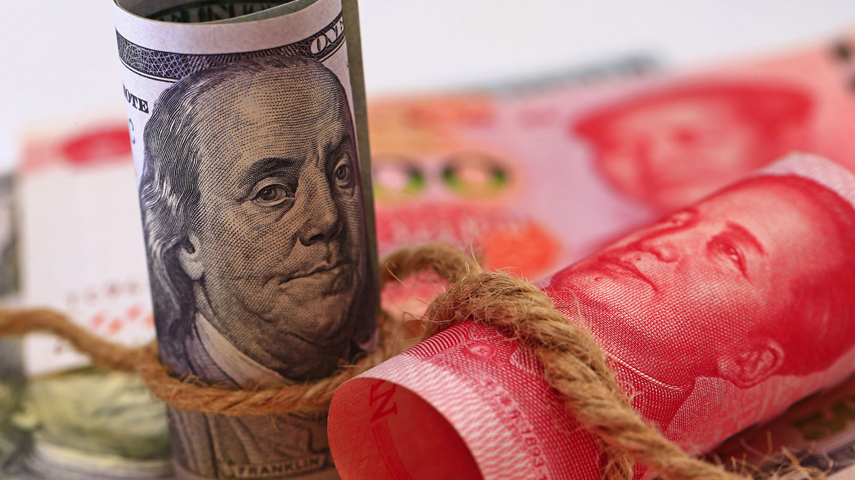

.webp)
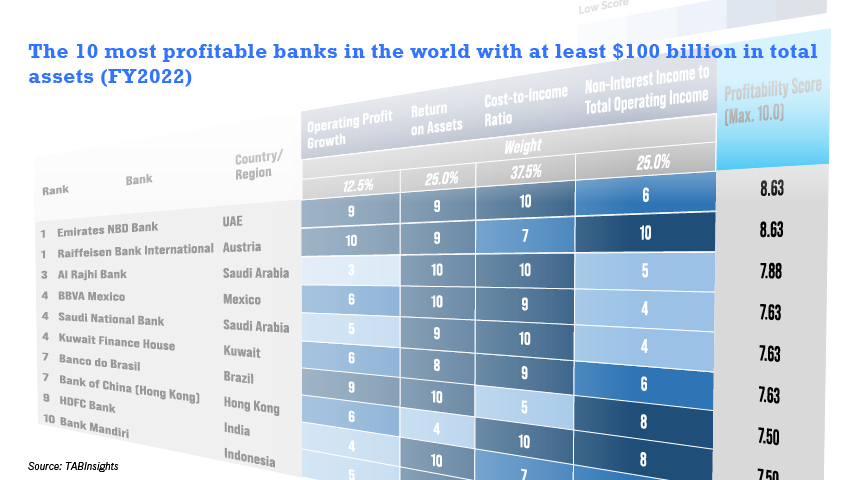
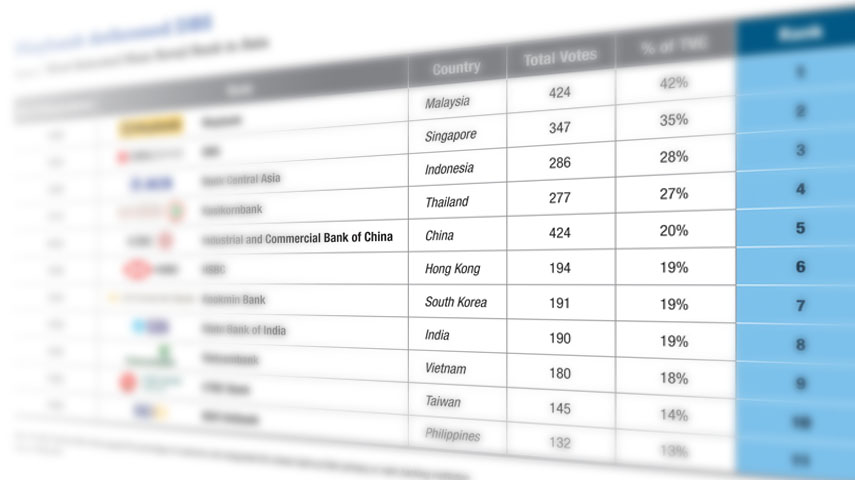
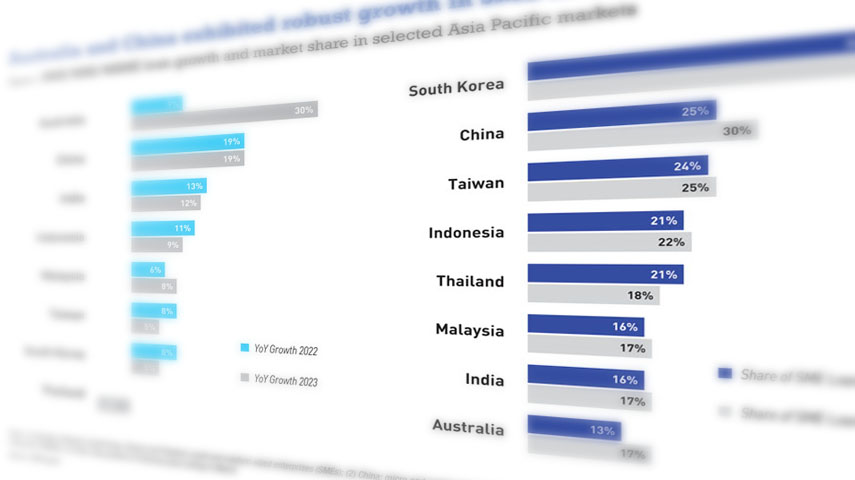
.jpg)
